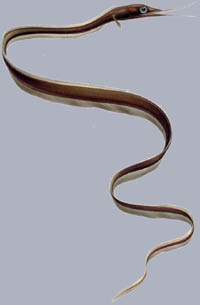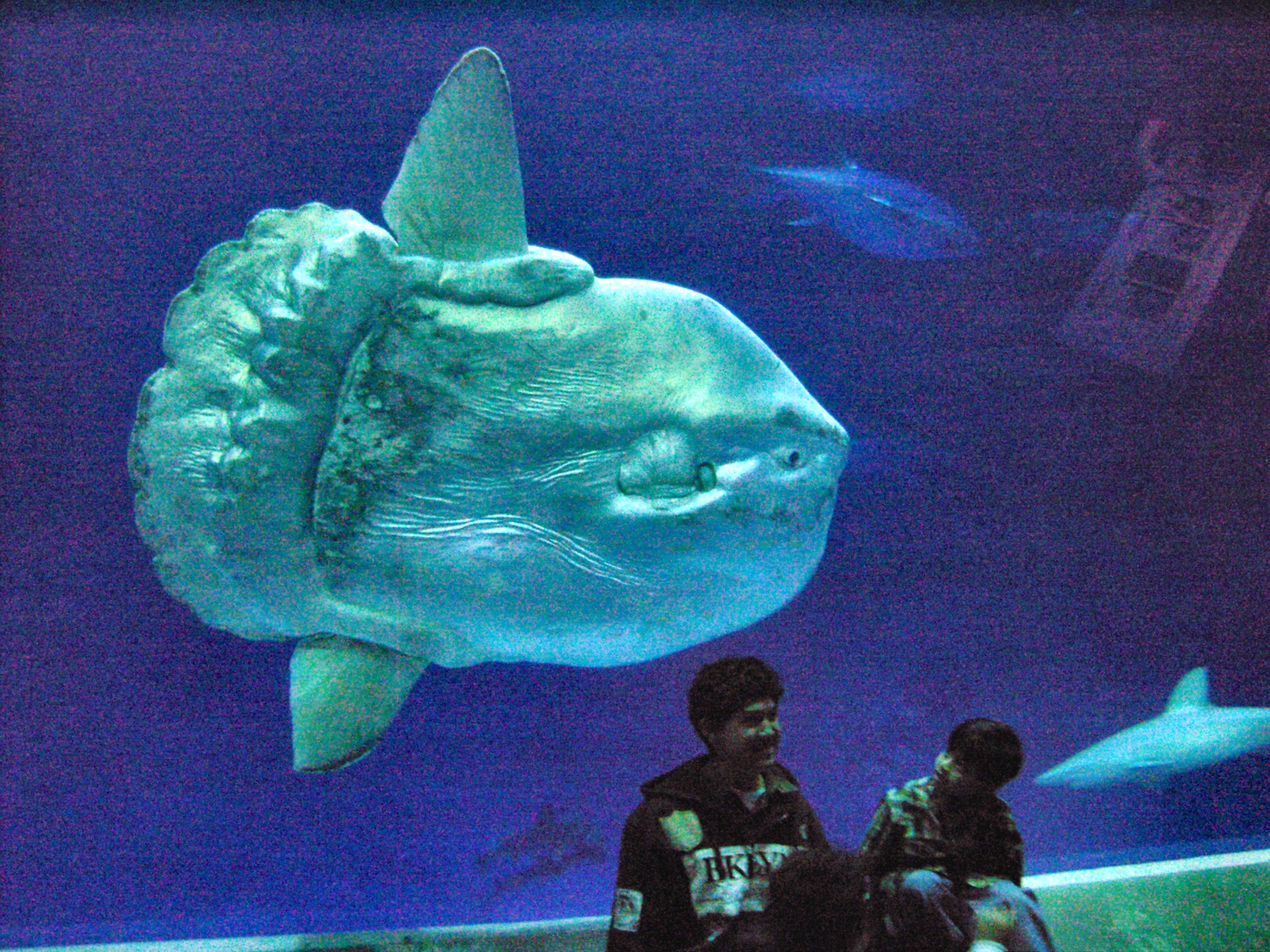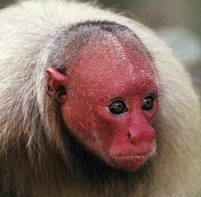Thursday, August 21, 2008
Hanako
The age of a fish is calculated in much the same way as one works out the age of a tree by counting its rings; most fish have growth rings on their scales known as annuli. This technique was used to estimate the age of Hanako, meaning "flower maid", the world's oldest koi carp, who died in 1977 at the age of 226 years.
Tuesday, March 18, 2008
Slender Snipe Eel

The slender snipe eel, Nemichthys scolopaceus, sometimes referred to as the deep sea duck, is a fish that can weigh only a few ounces, yet reach 5 feet or 1.5 m in length. Features include a bird-like beak with curving tips, covered with tiny hooked teeth, which they use to sweep through the water to catch shrimp and other crustaceans. It has a lifespan of ten years.
It has more vertebrae in its backbone than any other animal, around 750. However, its anus has moved forward during its evolution and is now located on its throat. Its larvae are shaped like leaves, which actually get smaller before transforming into adults.
Many specimens found in museums were spat up from larger fish that were caught in trawls.
Monday, February 11, 2008
Ocean Sunfish
Asian or Cantor's Giant Softshell Turtle

Cantor's giant soft-shelled turtles can grow up to 6 feet in length and weigh more than 100 pounds. The turtle spends 95 percent of its life buried and motionless, with only its eyes and mouth protruding from the sand. The turtle is regarded as endangered. Until recently, it was last seen in Cambodia in 2003. A 2007 survey of one area of the Mekong River in Cambodia found the turtle in abundance along a short 30-mile stretch of the river.
Olm

The olm or Proteus is a blind amphibian endemic to the subterranean waters of caves of the Dinaric karst of southern Europe. This animal is most notable for its adaptations to a life of complete darkness in its underground habitat. The olm's eyes are undeveloped, leaving it blind, while its other senses, particularly those of smell and hearing, are acutely developed. It also lacks any pigmentation in its skin.
Megamouth Shark
Chinese Giant Salamander

They are the largest living amphibians known today growing around three feet long. They hunt mainly at night, and as they have poor eyesight, use sensory nodes on their head and body to detect minute changes in water pressure, allowing them to detect their prey. In United States, Hellbender Salamanders grow around two feet long.
Subscribe to:
Comments (Atom)





